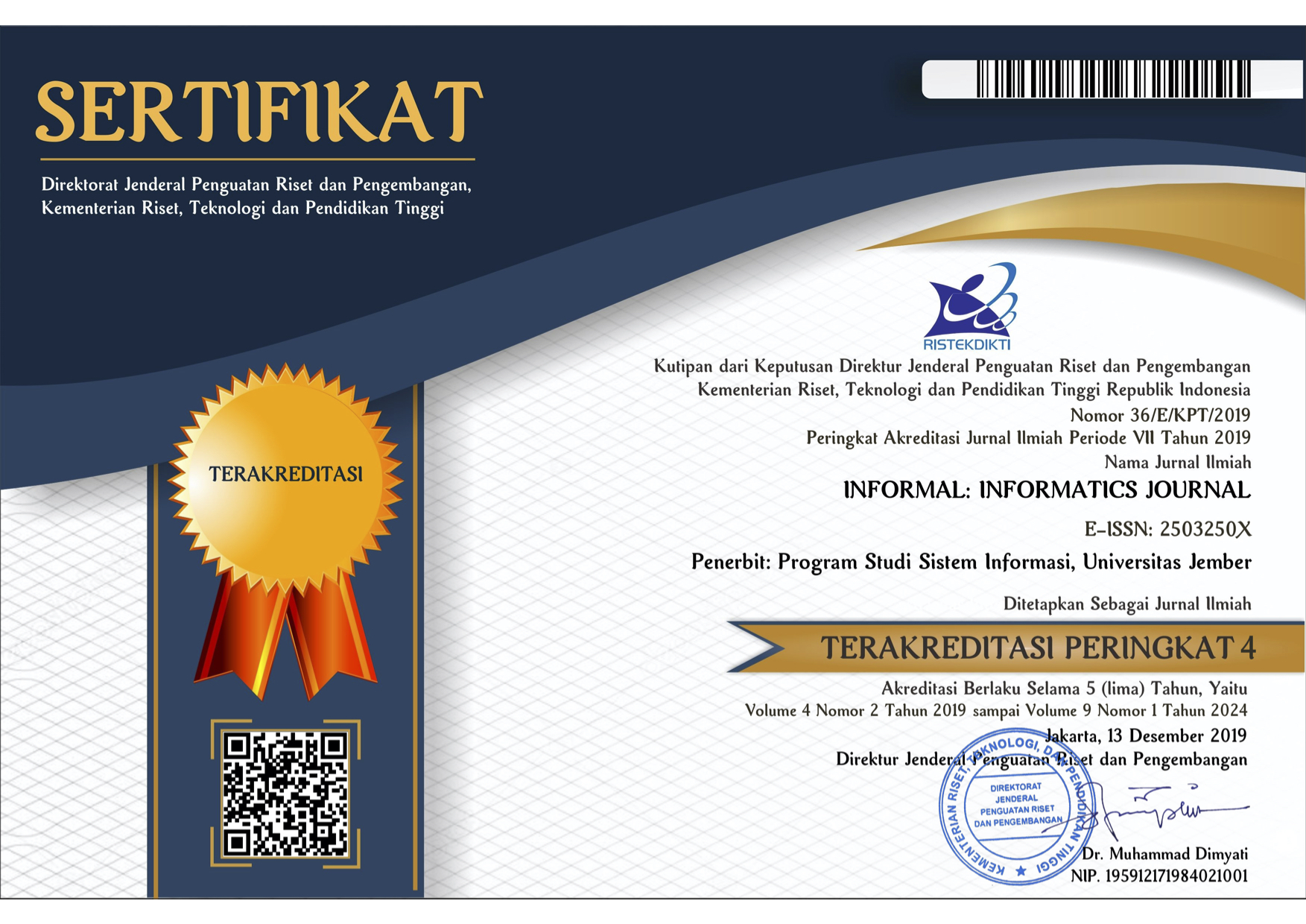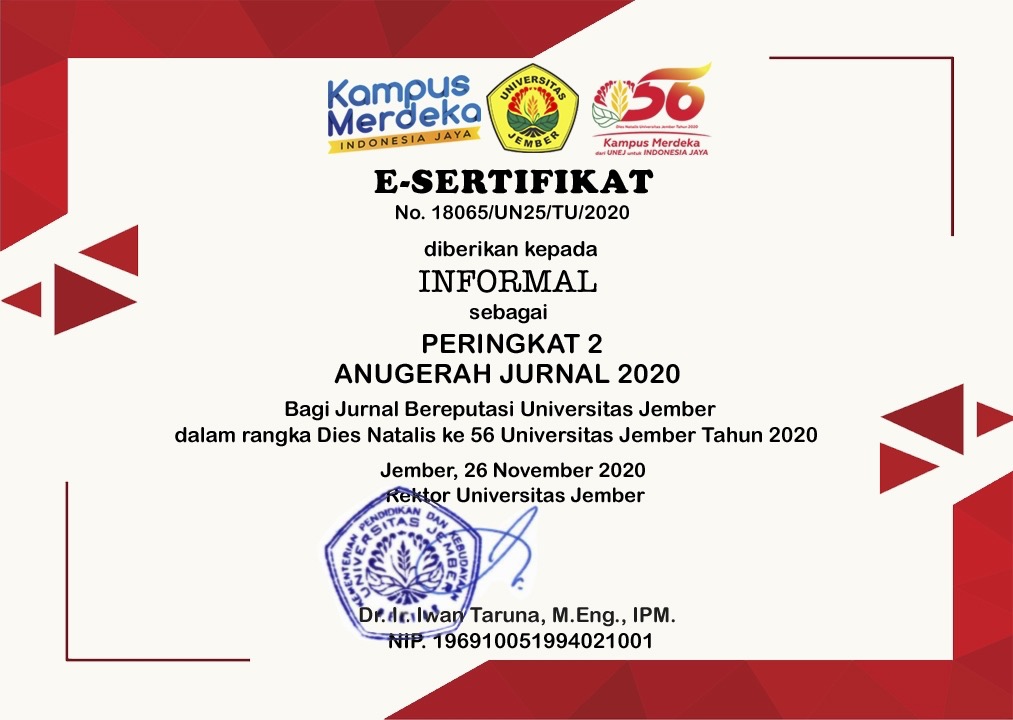Pengembangan Aplikasi Mobile dengan Pendekatan Gamifikasi dalam Pembelajaran Matematika di Sekolah Dasar
Abstract
This study aims to develop the mobile application with a gamification approach for elementary school mathematics learning. The mobile application is designed as an interactive and enjoyable learning tool to help students understand mathematical concepts. The gamification approach is used to enhance student motivation in learning mathematics through engaging game elements. The development process of the mobile application involves various features, such as learning materials, games, educational videos, and guides. The application was tested using black box testing and User Acceptance Testing (UAT). The research results indicate that the mobile application received positive responses from both teachers and students. The application assists teachers in teaching mathematics and improves students' understanding of the subject. With a high n-gain value (0.76, in the high category) from the pretest to post test, the mobile application has proven to be effective in enhancing students' understanding of mathematics. These research findings confirm that the development of the mobile application with a gamification approach is a positive step towards improving the quality of mathematics education at the elementary school level. Thus, the mobile application can be a valuable tool in supporting more interactive and effective mathematics learning at the elementary school level.







